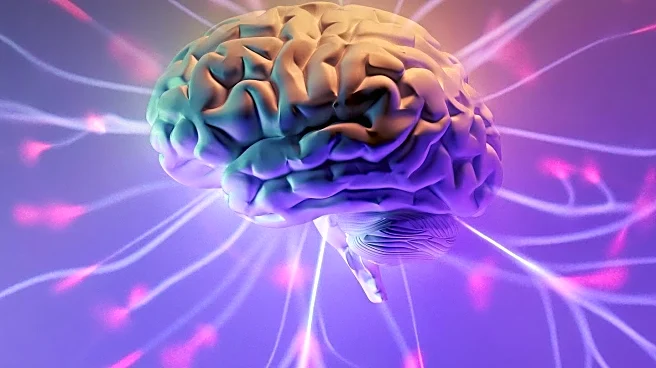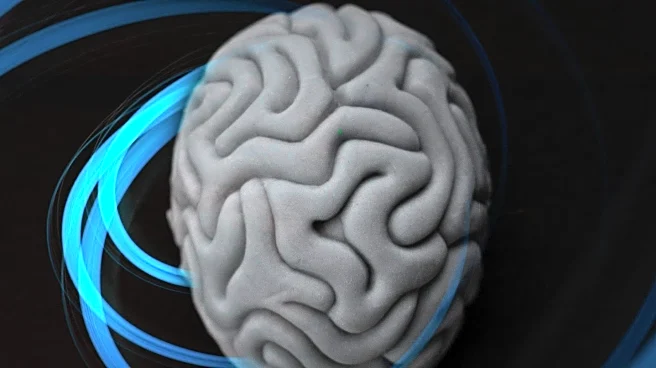What's Happening?
A study published in Molecular Psychiatry has identified shared brain connectivity and gene expression patterns in children with autism and ADHD. Researchers from the Child Mind Institute found that autism symptom
severity correlates with increased connectivity in brain networks essential for social cognition and executive functions. This connectivity pattern was observed across children with autism and ADHD, suggesting a shared biological basis for these conditions. The study utilized advanced neuroimaging and spatial transcriptomic analysis to map gene expression related to neural development.
Why It's Important?
The findings offer a new perspective on the biological underpinnings of autism and ADHD, challenging traditional diagnostic boundaries. By focusing on shared brain-gene expression patterns, the study supports a dimensional approach to understanding neurodevelopmental disorders. This research could lead to more precise diagnostic and treatment strategies, benefiting individuals with autism and ADHD. The study also aligns with a broader movement in psychiatry towards transdiagnostic models that emphasize symptom dimensions over categorical diagnoses.
What's Next?
The study's insights may pave the way for developing biomarkers associated with autism and ADHD, enhancing early detection and personalized treatment approaches. Researchers may further explore the genetic mechanisms involved in these conditions to identify potential therapeutic targets. The Child Mind Institute's ongoing initiatives, such as the Healthy Brain Network, will continue to provide valuable data for advancing mental health research. Clinicians and researchers are likely to adopt these findings to refine diagnostic criteria and treatment protocols.











